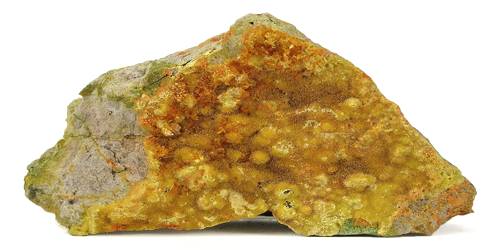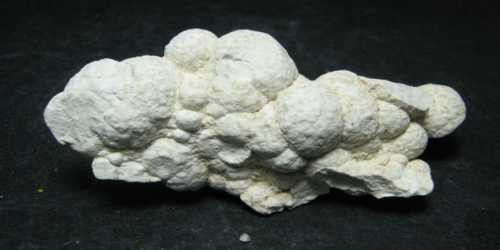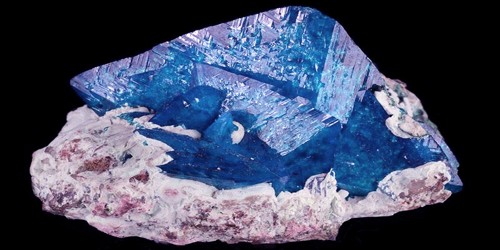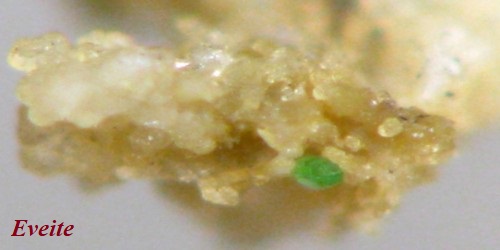Billietite is an uncommon mineral of Uranium that contains Barium. It has the chemical formula: Ba(UO2)6O4(OH)6•8H2O. Billietite is named after Valere Louis Billiet (1903–1944), Belgian crystallographer at the University of Ghent, Ghent, Belgium.
It is an uncommon mineral of Uranium that contains Barium. It usually occurs as clear yellow orthorhombic crystals.
General Information
- Category: Oxide minerals
- Formula: Ba(UO2)6O4(OH)68H2O
- Crystal system: Orthorhombic
- Crystal class: Pyramidal (mm2) (same H-M symbol)

Properties
Billietite can be identified in the field by its color variations, such as yellow-brown and golden-yellow. Its transparent to translucent form has {001} perfect cleavage. This mineral has an adamantine luster, with a yellow streak.
The density of billietite is 5.27 to 5.29 g/cm3.
- Color: Yellow to golden-yellow, amber-yellow, orange-yellow
- Cleavage: Perfect on {001}, imperfect on {110} and {010}
- Tenacity: Brittle
- Luster: Adamantine
- Diaphaneity: Transparent, translucent
- Density: 5.28 – 5.36 g/cm3
Occurrence
Billietite occurs in an uncommon alteration product of uraninite. It is often associated with minerals such as uranophane, metatorbernite, rutherfordine, fourmarierite, becquerelite, soddyite, and studtite.
Information Source:
















